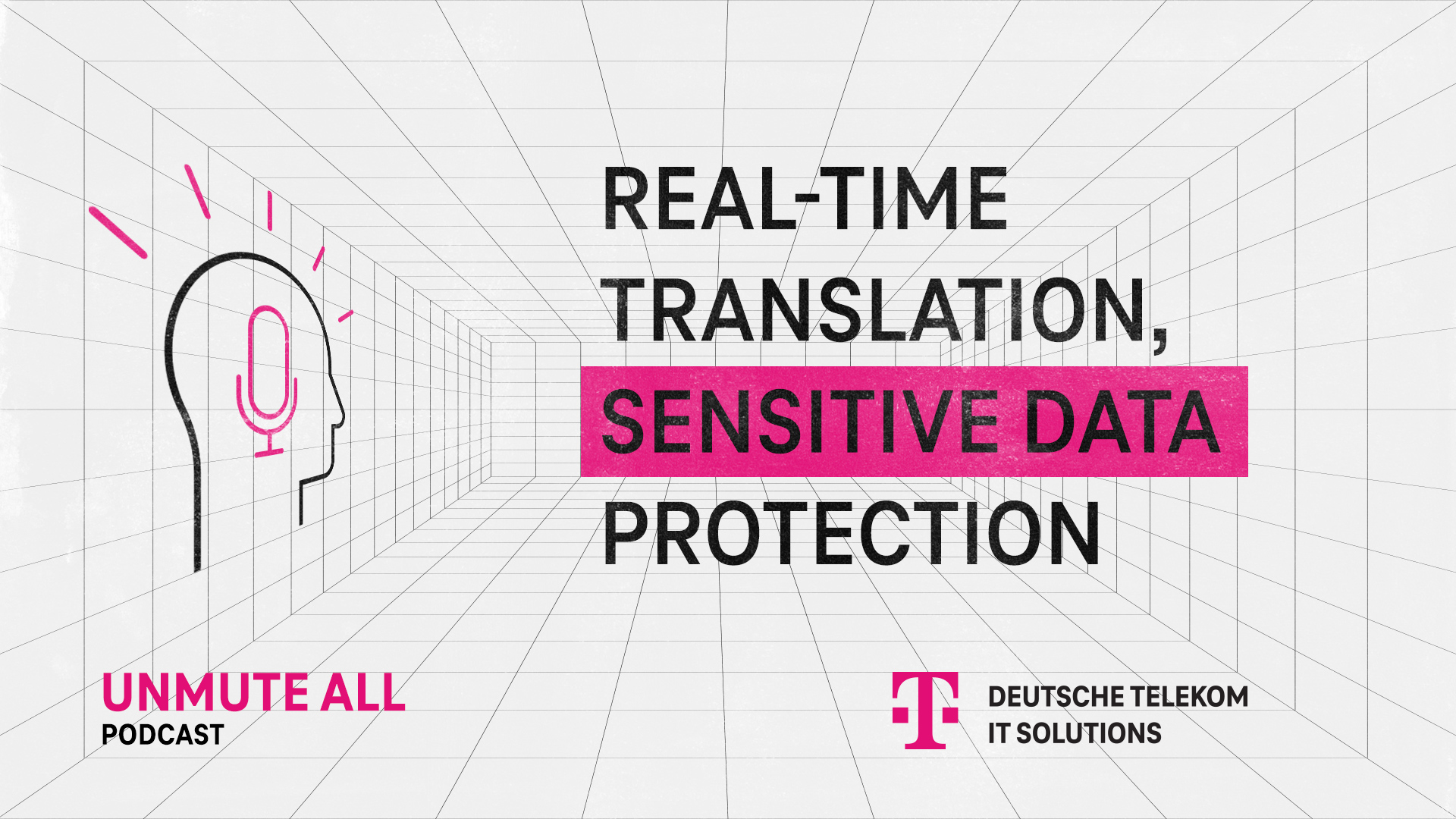What is developing a real time AI translator good for – apart from the obvious?

In a recent episode of the “Unmute All” podcast, the winners of the Cloud Hub Use Case Contest shared insights into their groundbreaking AI Translator project. Developed by a team of eight, this innovative tool leverages Google Cloud services to automate and streamline the translation of video content, significantly reducing time and costs. The discussion covers the project’s inception, technical execution, and future potential, including real-time translation applications.
The birth of the AI Translator
The AI Translator was conceived during a follow-up discussion after an internal event called Future Path, which aimed to make cloud technology more accessible and appealing. The idea emerged from the need to efficiently translate event content into English, a process that was traditionally time-consuming and expensive when outsourced to external companies. The team’s vision was to leverage machine translation to streamline this process, eliminating the need for manual review and cutting down on costs and time.
Technical foundations and workflow
The AI Translator is built entirely on the Google Cloud Platform, utilizing Google-managed services. The user experience is straightforward: after logging in with a Telekom email, users can upload video files, which are then automatically transcribed and translated. The backend process involves storing files in a Google Storage bucket, triggering Cloud Functions to transcribe the video, and using Google’s API to convert speech to text. The translated text is then saved in Firebase’s Firestore, allowing users to download the subtitle file after making any necessary corrections.
Challenges and future development
Despite the success of the project, the team aims to take on a few bugs, such as occasional issues with text formatting or handling large video files. Upcoming features include role-based access, allowing users to control the visibility of uploaded videos, and the potential for real-time video translation.
Beyond translation: a broader vision
The AI Translator has garnered interest beyond its initial scope. The team is exploring possibilities for real-time meeting translations and has received requests for similar applications in other sectors, such as insurance. A notable use case involves translating conversations between insurance agents and non-native speakers in real-time, demonstrating the project’s potential to facilitate communication in sensitive and critical scenarios.
AI’s role in the future of communication
The discussion also touches on broader implications of AI in language translation and communication. While the technology holds immense potential, the team remains cautious about its limitations, particularly in understanding context and nuances. They emphasize the importance of precise communication when working with AI, as the current models are not yet capable of interpreting implicit meanings or handling life-critical situations.
So, what is it good for?
The AI Translator represents a significant step forward in the application of AI for practical, everyday challenges. As the project continues to evolve, it promises to not only enhance internal communication within Deutsche Telekom but also pave the way for broader applications across various industries. The team’s commitment to continuous improvement and innovation highlights the transformative power of AI in making language barriers a thing of the past. Listen to the episode here (Hungarian): https://www.deutschetelekomitsolutions.hu/podcasts/mire-jo-egy-teljesen-google-cloud-alapu-real-time-ai-fordito/